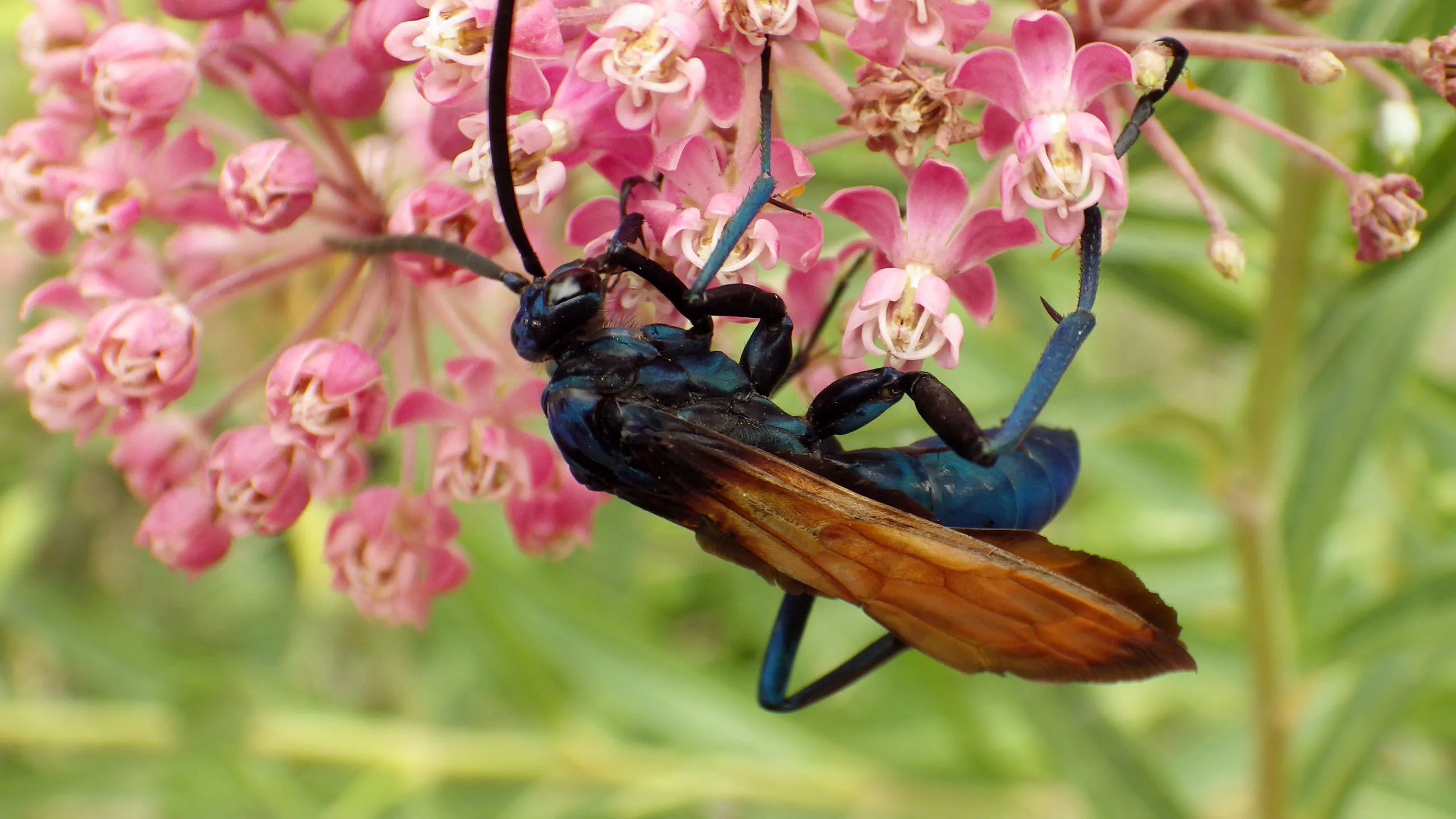Understanding the Tarantula Wasp
The tarantula wasp, a formidable insect, is known for its impressive size and potent sting. Understanding this creature is the first step towards appreciating the potential dangers and knowing how to respond effectively to a sting. These wasps are solitary creatures, and their primary purpose is to hunt tarantulas, which serve as a food source for their larvae. This behavior leads to an intense encounter when humans unknowingly cross paths with one of these wasps. The sting from a tarantula wasp is considered one of the most painful insect stings, second only to the bullet ant, according to the Schmidt sting pain index. The pain can be excruciating and debilitating, making it crucial to understand the insect and how to treat its sting.
What is a Tarantula Wasp?
Tarantula wasps, belonging to the family Pompilidae, are large, robust wasps, often with a metallic blue-black body and orange or reddish wings. The largest species can measure up to two inches long. They are typically found in warmer climates and are often seen in areas where tarantulas are prevalent, such as the southwestern United States. Unlike social wasps that live in colonies, tarantula wasps are solitary hunters. The female wasp paralyzes a tarantula with its sting and then drags it back to a burrow, where it lays an egg on the spider’s abdomen. The wasp larva then feeds on the paralyzed spider. Their powerful sting is a defense mechanism, and they will only use it if threatened. Despite their imposing appearance, these wasps play a role in the ecosystem by controlling tarantula populations.
The Tarantula Wasp’s Venom
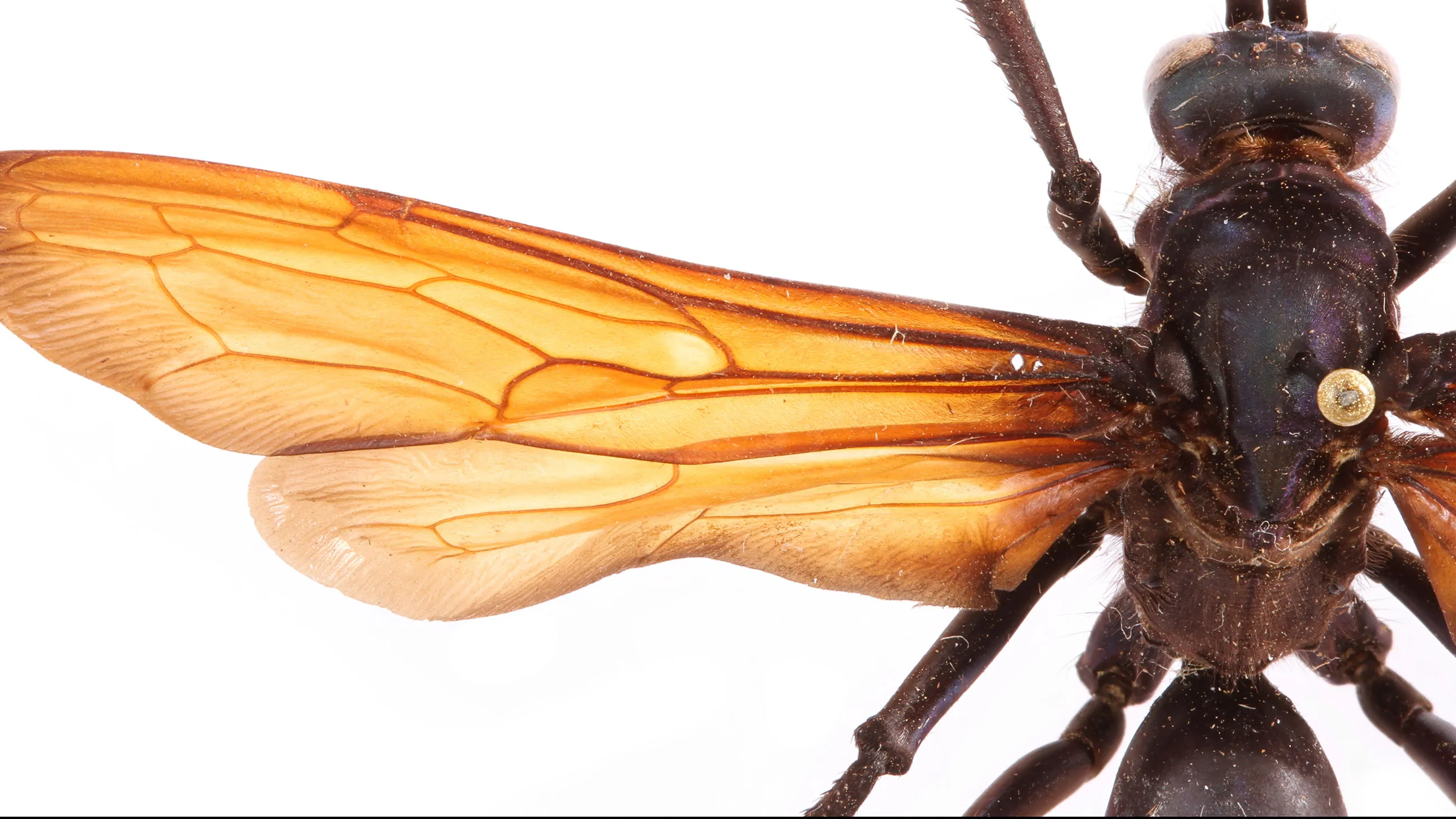
The venom of the tarantula wasp is a complex cocktail of compounds designed to paralyze its prey. While not typically lethal to humans, the venom contains neurotoxins that cause intense pain. The Schmidt sting pain index ranks the tarantula wasp sting as level 4, describing the pain as excruciating and capable of incapacitating. The venom works by blocking nerve signals, leading to immediate and severe pain. The effects of the venom are primarily localized, meaning they affect the area around the sting site. The duration of the pain can vary, lasting anywhere from a few minutes to several hours. Understanding the nature of the venom helps in appreciating the need for prompt and effective treatment to alleviate the suffering.
Recognizing a Tarantula Wasp Sting
Identifying a tarantula wasp sting is essential for providing the right treatment. The sting is often described as a sharp, immediate pain, followed by an intense, burning sensation. Unlike a bee sting, a tarantula wasp does not leave a stinger behind. Recognizing the sting can also help in distinguishing it from other insect bites or stings. The key is to identify the distinct symptoms associated with the tarantula wasp sting, which can aid in proper first aid and medical care. If you live in an area where these wasps are common, it is important to be able to recognize the signs and symptoms of a sting so that you can start treatment quickly.
Identifying a Tarantula Wasp Sting
A tarantula wasp sting is typically identified by the immediate, intense pain at the site of the sting. This is often accompanied by a visible puncture mark and localized swelling. The area around the sting may turn red, and the skin may feel hot to the touch. The sting often feels like a jolt of electricity, causing a burning sensation. It is important to note that the symptoms can vary depending on the individual’s sensitivity and the amount of venom injected. While a bee sting leaves a stinger, a tarantula wasp does not, so this can be an immediate way to differentiate between stings. Knowing what to look for can help you quickly assess the situation and start the necessary treatment.
Symptoms of a Tarantula Wasp Sting
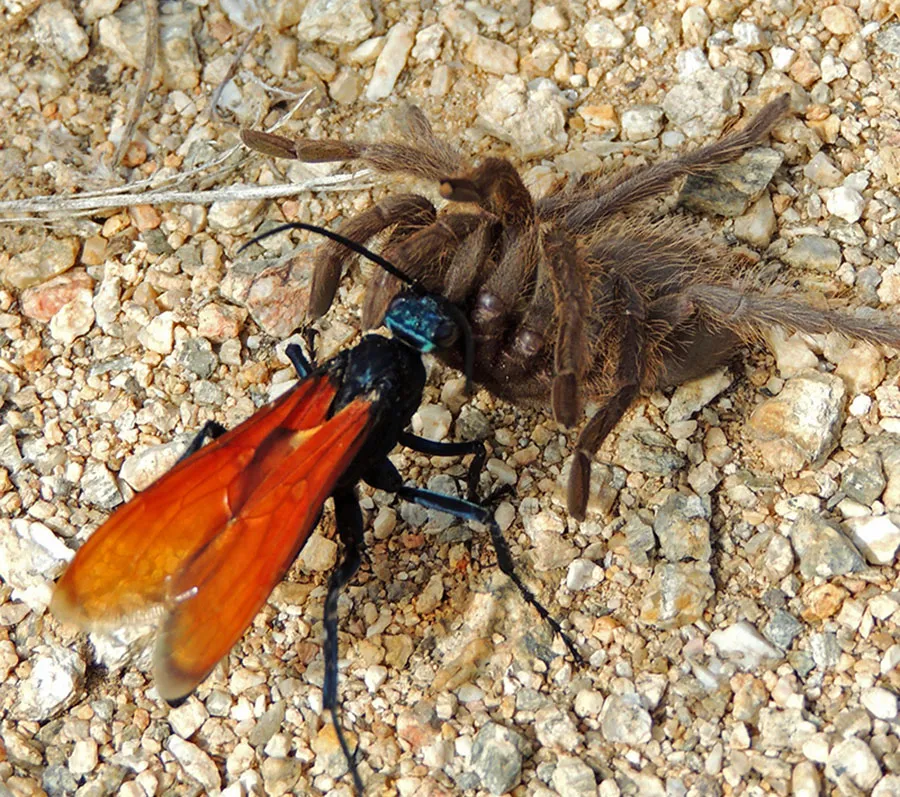
The symptoms of a tarantula wasp sting can range from mild to severe, although the primary symptom is always intense pain. Common symptoms include immediate, excruciating pain at the sting site, swelling, redness, and heat. Other potential symptoms are muscle twitching, which is a rare occurrence. While the pain is the most significant symptom, it is also important to monitor for any signs of an allergic reaction. In some cases, individuals may experience symptoms such as difficulty breathing, swelling of the throat, dizziness, or nausea. These could indicate a serious allergic reaction and require immediate medical attention. Monitoring the symptoms will help you determine the appropriate level of care that is needed to treat the sting and address any potential complications.
Immediate First Aid for a Tarantula Wasp Sting
Prompt first aid can significantly reduce the pain and discomfort caused by a tarantula wasp sting. The primary goal is to minimize the effects of the venom and prevent complications. The first steps involve removing any potential irritants, cleaning the area, and applying a cold compress. Following these steps will help to alleviate pain, reduce swelling, and prevent secondary infections. It is also important to monitor the victim for any signs of an allergic reaction and seek medical attention if necessary. Having a first aid kit readily available can make a huge difference in your reaction time and ensure you are well equipped to handle such an emergency.
Remove the Stinger
Unlike honeybees, tarantula wasps do not leave their stingers behind. Therefore, there is no need to remove a stinger. However, the immediate focus should be on the affected area. It is crucial to stay calm and assess the situation. If you are with another person, make sure they are calm as well. The primary objective is to prevent any further trauma to the area. Proceed to the next step, which involves cleaning the sting area. This will help prevent any infection and prepare the site for further treatment. By following these steps, you will prepare yourself and the victim to receive proper treatment.
Cleaning the Sting Area
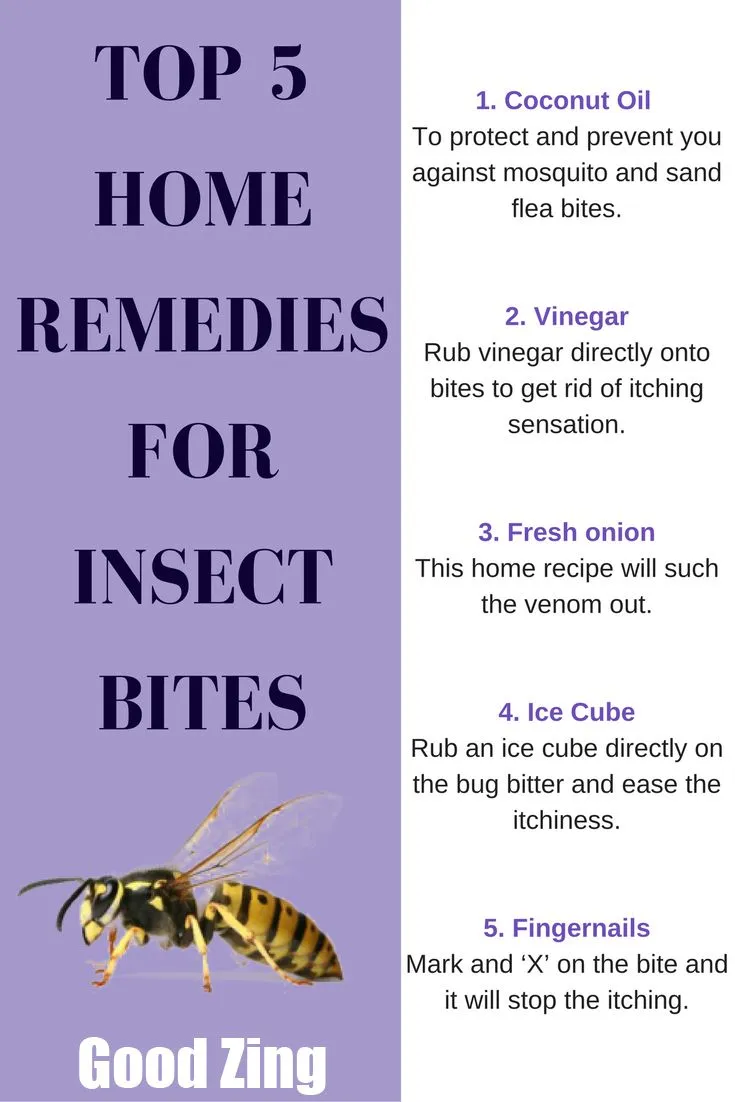
Gently clean the sting area with mild soap and water. This helps to remove any dirt or debris and reduces the risk of infection. Make sure to wash the area thoroughly, but avoid scrubbing, as this can irritate the skin and make the pain worse. After cleaning, pat the area dry with a clean cloth or towel. This will allow you to prepare for the next step, which is applying a cold compress to reduce swelling. Following this step will help to alleviate any risk of infection. Maintaining hygiene while treating a tarantula wasp sting is essential for a successful and speedy recovery.
Applying Cold Compress
Applying a cold compress to the sting site can help reduce swelling and alleviate pain. Use an ice pack wrapped in a cloth or a cold compress to prevent direct contact with the skin. Apply the compress for 10–20 minutes at a time, several times a day. This can help to numb the area and provide some relief from the intense pain. Make sure the compress is not too cold, as this could cause further injury. Monitor the area and adjust the treatment as needed. This step is very useful as it’s easy to apply and it will offer the best chances of reducing pain and swelling.
Pain Management Techniques for a Tarantula Wasp Sting
Managing the pain from a tarantula wasp sting is a crucial part of the treatment process. Several methods can be used to provide relief, from over-the-counter medications to home remedies. The choice of treatment depends on the severity of the pain and the individual’s preferences. Knowing the available options will help in creating an effective pain management plan. While the pain can be extreme, with proper care and treatment, the effects can be managed. It is important to seek medical attention if the pain is unbearable or if other concerning symptoms develop.
Over-the-Counter Pain Relief
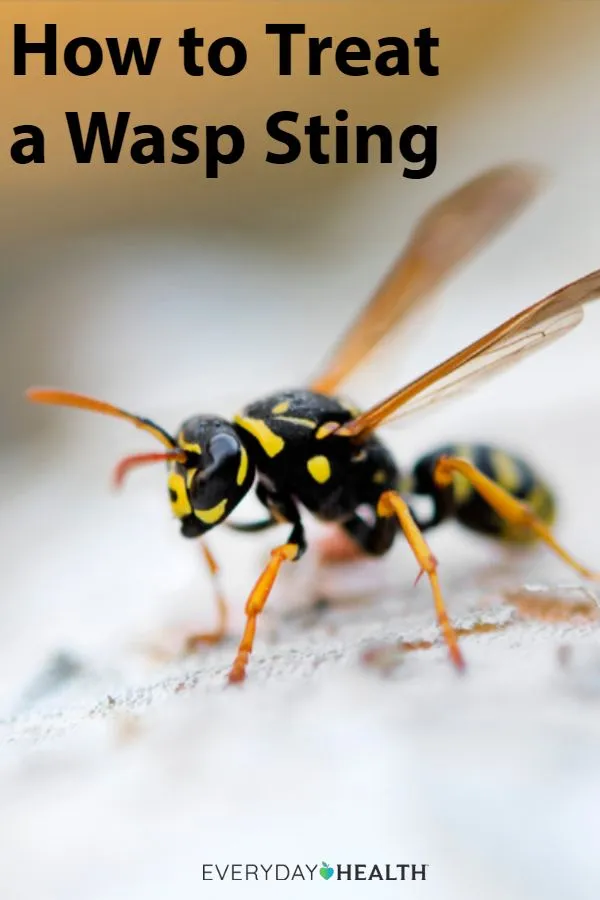
Over-the-counter pain relievers, such as ibuprofen or acetaminophen, can help reduce pain and inflammation. Follow the dosage instructions on the packaging and do not exceed the recommended dose. For localized pain relief, you can use topical creams or ointments that contain ingredients like hydrocortisone or antihistamines. These can help to reduce itching and inflammation. Consult with a pharmacist if you have any questions about these medications. These types of treatment will help with pain and swelling. Using them will give you a better chance of feeling better.
Home Remedies for Pain
Several home remedies can provide relief from a tarantula wasp sting. Applying a paste of baking soda and water to the sting site can help neutralize the venom and reduce pain. Another option is to apply a compress soaked in apple cider vinegar. Some people find relief by applying aloe vera gel, which has anti-inflammatory properties. Elevation of the affected limb can help reduce swelling. It is important to note that while these home remedies can provide some relief, they are not a substitute for medical treatment if needed. These home remedies are a good way to supplement any other treatments you may be receiving. They are helpful and useful, so be sure to try them out.
When to Seek Medical Attention
While most tarantula wasp stings can be managed with home care and over-the-counter remedies, there are times when medical attention is necessary. Recognizing the signs that indicate the need for professional help is essential. This will help in protecting yourself and getting any necessary medical attention. You will need to know the symptoms that warrant a visit to the doctor so you will not delay seeking help in case of an emergency. Being aware of the symptoms will allow you to respond quickly if needed.
Signs of an Allergic Reaction
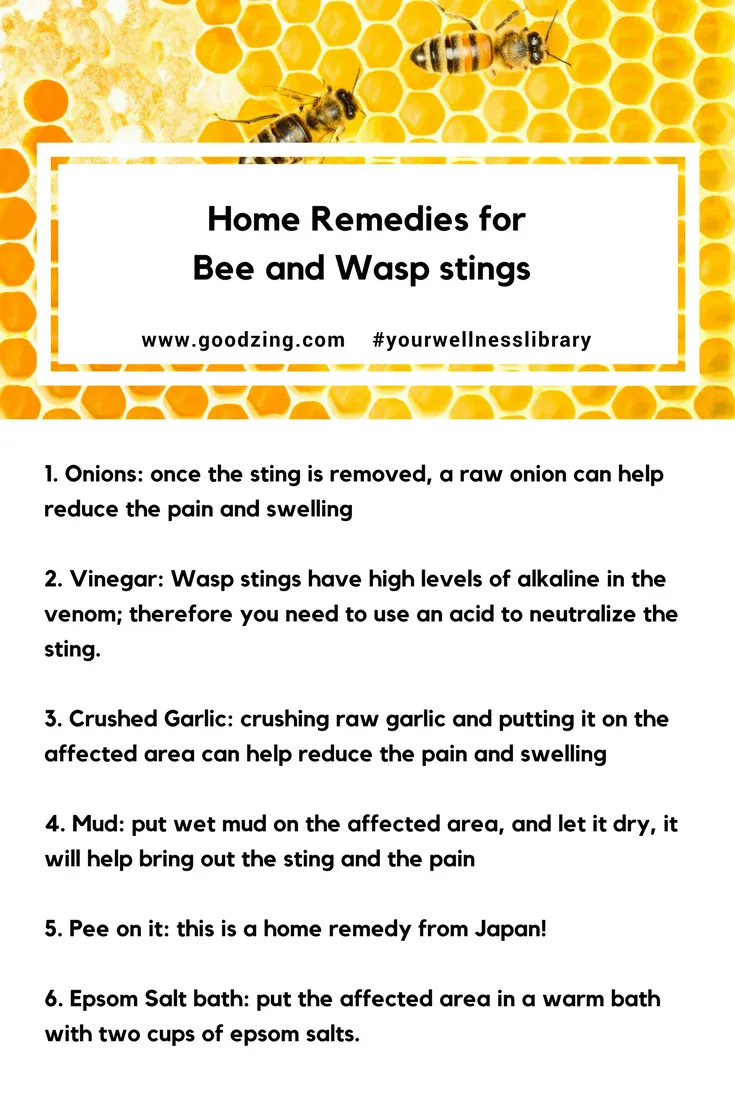
Anaphylaxis, a severe allergic reaction, is a life-threatening condition that requires immediate medical attention. Symptoms of anaphylaxis include difficulty breathing, swelling of the throat or tongue, dizziness, rapid heart rate, hives, and loss of consciousness. If you experience any of these symptoms after a tarantula wasp sting, call emergency services immediately. Anaphylaxis can progress rapidly, so prompt medical intervention is crucial. A person can have a severe reaction with little to no warning. Do not wait, and seek immediate medical attention.
Severe Symptoms Requiring Medical Help
In addition to signs of an allergic reaction, other severe symptoms may require medical attention. These include excessive swelling, severe pain that does not subside with home treatment, and signs of infection, such as increased redness, warmth, and pus. If the pain is debilitating or if you have other health conditions, it is best to seek medical advice. A doctor can assess your condition and provide appropriate treatment, which may include stronger pain relievers, antibiotics, or other medications. Ignoring these symptoms could lead to serious complications, so seek prompt medical attention.
Long-Term Care and Recovery
After the immediate pain subsides, long-term care is essential to ensure complete recovery from a tarantula wasp sting. This involves monitoring the sting site, taking steps to prevent infection, and avoiding any activities that could aggravate the affected area. Complete recovery can take several days or weeks, and it is important to be patient and follow the recommended guidelines. Knowing what to expect during the recovery process will help manage expectations and allow you to make a full recovery. The long-term care will play a vital role in a healthy recovery.
Monitoring the Sting Site
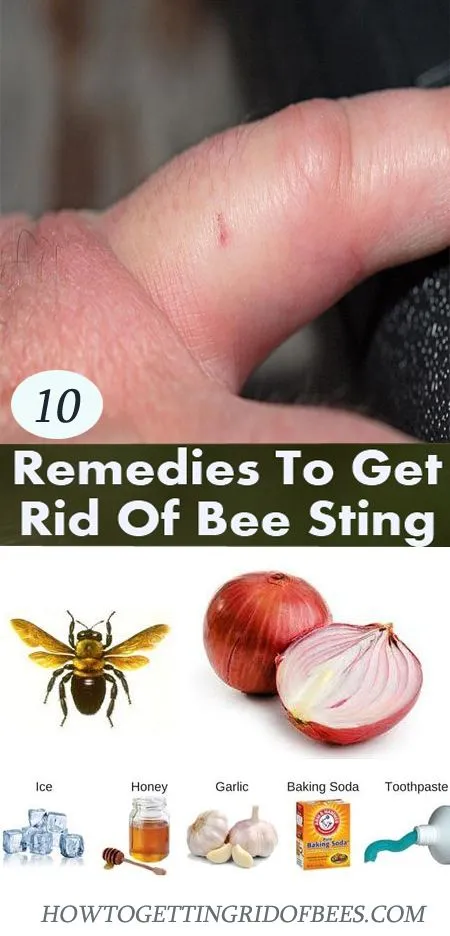
Regularly monitor the sting site for any signs of infection, such as increased redness, swelling, warmth, or pus. If you notice any of these symptoms, seek medical attention. Continue to clean the area gently with soap and water and apply a cold compress as needed to reduce any remaining swelling or discomfort. It is important to keep the area clean and dry to prevent secondary infections. A clean sting site will promote healing. By monitoring the sting site and following your doctor’s recommendations, you can greatly reduce your risk of infection and promote faster healing. This will contribute to faster recovery.
Preventing Future Tarantula Wasp Stings
Preventing tarantula wasp stings involves taking precautions and avoiding situations where you might encounter these insects. Understanding their habitats and behaviors can help you minimize your risk of being stung. Protective measures and awareness are crucial for staying safe in areas where these wasps are present. You can learn to recognize these insects and take the appropriate steps to avoid them. Having the right knowledge and taking the correct actions will help keep you from being stung.
Avoiding Tarantula Wasp Habitats
Tarantula wasps are most commonly found in warm, dry climates where tarantulas are present. Avoid areas with dense vegetation and tall grasses, as these are their hunting grounds. Be cautious when hiking or working outdoors in areas where tarantula wasps are known to live. Pay attention to your surroundings and avoid disturbing any potential nests or hunting areas. Be mindful of the environment, and you can significantly reduce the chances of being stung. Try to identify the habitats in your areas.
Protective Measures to Take
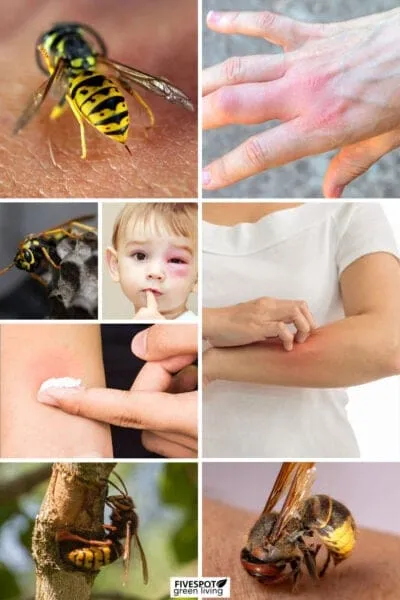
If you are working or spending time outdoors in areas where tarantula wasps are common, wear protective clothing. This includes long sleeves, long pants, and closed-toe shoes. Consider wearing gloves and a hat. Avoid wearing brightly colored clothing, as this may attract wasps. Use insect repellent, but be aware that it may not be completely effective against tarantula wasps. Knowing these protective measures will help you to stay safe. Being proactive and implementing these measures will help you to avoid the dangers of tarantula wasps.
